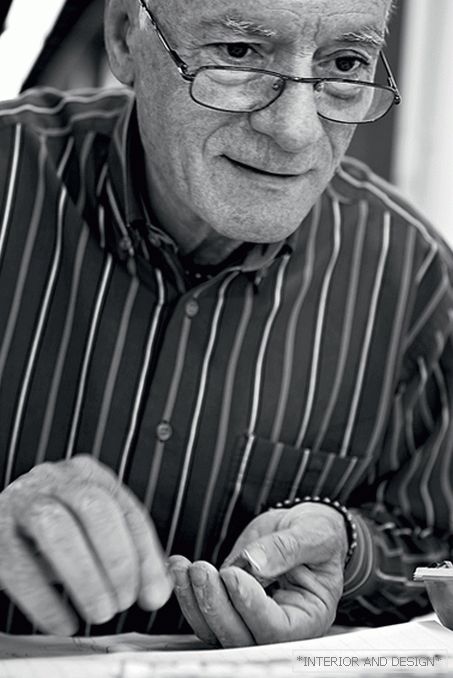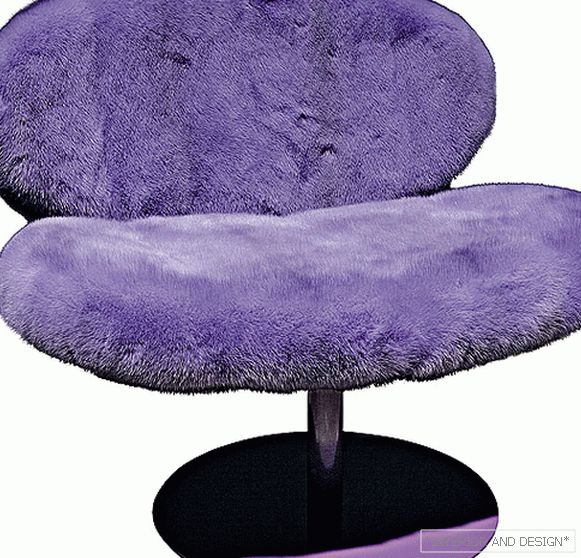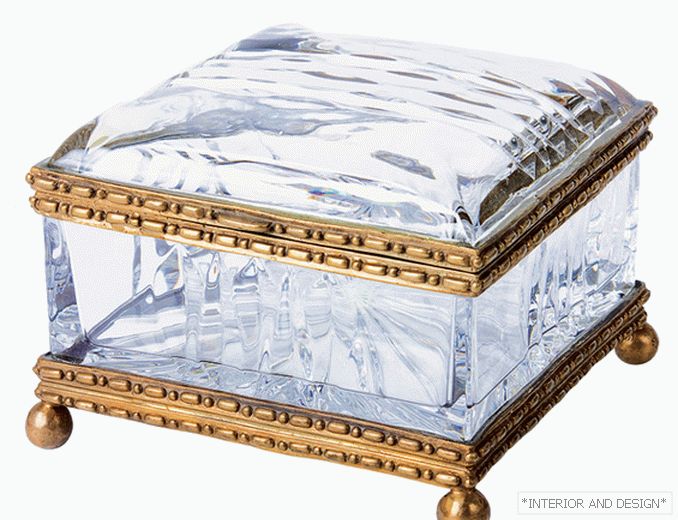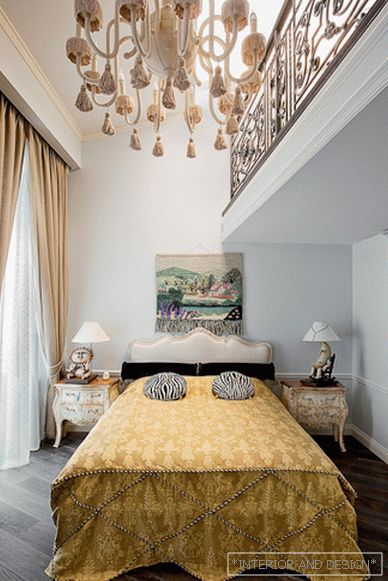“The Miracle of Mosaic” is a new book by William Bertoyi, founder of the manufactory Friul Mosaic. He told about his scientific work and creativity SALON – interior
 Passing the gallery
Passing the gallery Magazine: (213) 2016
William Bertoyya is a graduate of the famous Friuli Mosaic School in Spilimbergo (Italy), which opened in 1922 and has preserved the traditions of ancient mosaic art to this day. In 1981, he founded his own workshop — FRIUL MOSAIC. Today, this family-owned company leads large-scale projects on both sides of the ocean: it decorates grand hotels and private villas, creates dome and floor mosaics for churches. “My passion for this art began in childhood,” he says. “Once I found two boxes in the attic with cubes of marble left over from my grandfather, a master tiler. I began to lay out drawings, words and figures ... "
As head of the company, William Bertoya traveled to more than 50 countries: visited North Africa, Southeast Asia, and Latin America. From these travels he brought the richest material — photographs of ancient, medieval, baroque mosaics. Together with their own workshop projects, they entered the FRIUL MOSAIC archive and formed the basis of the book The Miracle of Mosaic, published in 2015 by the publishing house L'Omino Rosso, with which William Bertoia had already collaborated to publish his first work, The Cromacio Treasure. “The book traces the historical path of the mosaic from antiquity to modernity, but one should not take it as a teaching aid,” the author stresses, “the book is addressed to anyone interested in this kind of art.” The author devoted separate chapters to antique mosaics of Asia Minor and North Africa, early Christian monuments of Jordan, Tunisia and Aquileia, art nouveau mosaics and Italian novelties ... The scientific approach that underlies the book also extends to the work of the entire workshop. Her mosaicists work in the traditions of the Byzantine mosaic, in the style of cosmatesco, common in medieval Italy, imitate antiquity and the Renaissance. However, most often we are talking about skillful styling, since the mosaic laying techniques are new and modern.
“We work with different styles and techniques depending on the wishes of the customer,” says William Bertoia. “For example, we own the method by which Byzantine mosaics were created, but now it is used very rarely. As a rule, we use the classic "reverse" technique, known from the XVIII century. First, the picture is laid out on paper face down, and then the panel is turned over and fixed on the surface intended for it. Sometimes the mosaic is assembled on a special fiberglass mesh, which is then fixed on the wall (the modern “direct method”). As for the materials, they are very diverse: this is natural stone from around the world, the color range of which includes up to 40 shades (primarily marble and granite), Venetian smalt, glass paste and gold of various tones. Thus, the FRIUL MOSAIC palette reaches several hundred colors. ”
Read the full text in paper or



